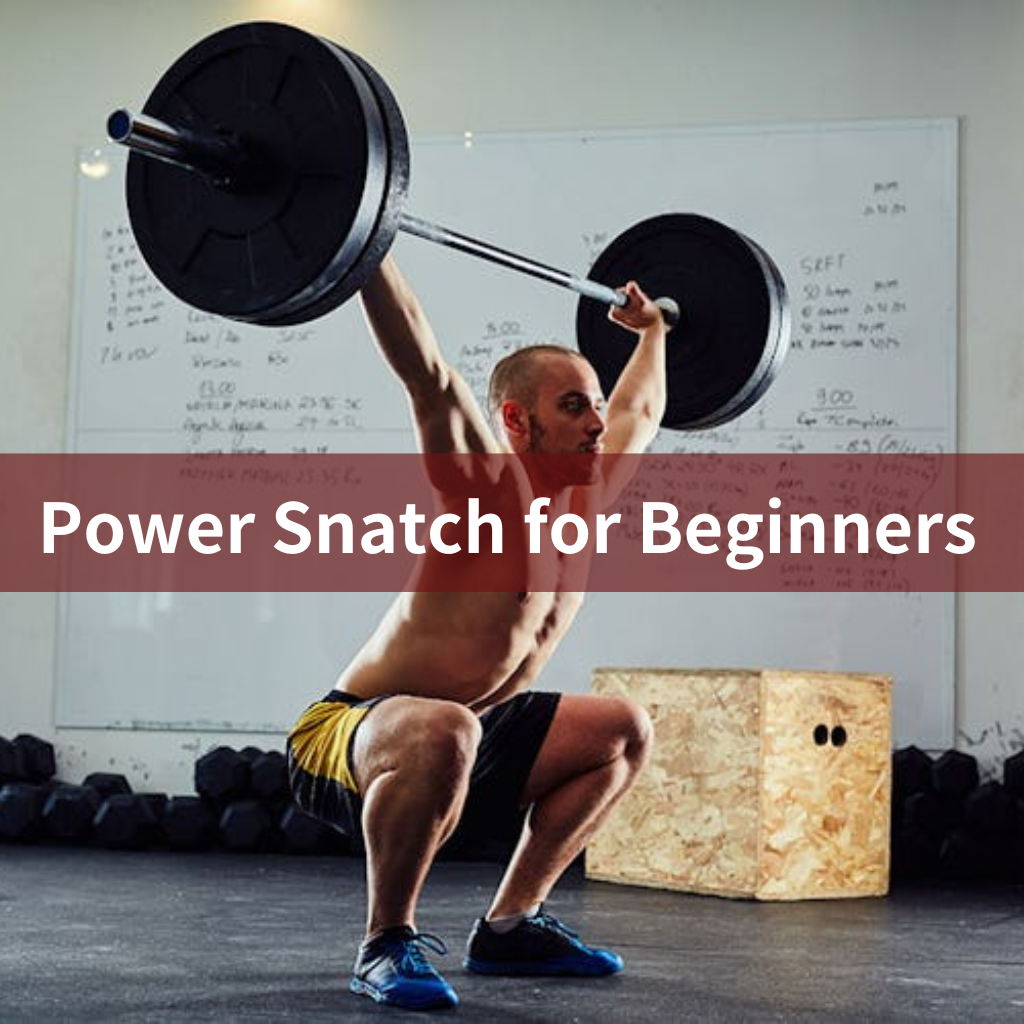If you're looking to build a powerful, defined upper body, barbell shrugs should be a non-negotiable part of your workout routine. This simple yet highly effective exercise zeroes in on your trapezius muscles, the large muscles that stretch across your upper back and neck, giving you that sought-after "V" shape.
Here you will know:
What Are Barbell Shrugs?
The barbell shrug is a straightforward movement that primarily targets the trapezius muscles in your upper back. The trapezius is a large, kite-shaped muscle that spans the neck, shoulders, and upper back, and is responsible for movements like elevating the shoulder blades.

Barbell shrugs involve holding a barbell with both hands (usually with a pronated grip), standing upright, and shrugging your shoulders as high as possible. The movement is simple, but don’t let that fool you—when done properly, barbell shrugs can pack a serious punch, helping you build strength and size in your traps, upper back, and shoulders.
Barbell Shrugs Muscles Worked
1.Trapezius (Traps)

The primary muscle worked in barbell shrugs is the trapezius, specifically the upper traps which elevate the shoulders. The middle and lower traps assist in stabilizing the shoulder blades during the movement.
2.Levator Scapulae
These muscles, located along the neck, help lift the shoulder blades in coordination with the upper traps.

3.Rhomboids
The rhomboids stabilize the shoulder blades and support proper posture during the shrug.
4.Forearms
Your forearm muscles engage to maintain a firm grip on the barbell throughout the movement.
5.Core
The core muscles stabilize your body, ensuring proper posture and reducing lower back strain.
Barbell shrugs primarily target the traps, but the levator scapulae, rhomboids, forearms, and core all contribute to the movement.
How to Do Barbell Shrugs Correctly
While the barbell shrug may look simple, performing it with proper form is crucial for maximizing results and avoiding injury. Follow this step-by-step guide for the perfect shrug technique:
Step 1: Set Up the Barbell
- Set the barbell on the floor or on a rack at a height where you can easily grab it. If you’re starting from the floor, make sure to position the bar directly in front of your shins.
- Stand with your feet shoulder-width apart and make sure your grip is firm and secure.
Step 2: Grip the Barbell
- Grab the barbell with both hands using a pronated (overhand)grip, slightly wider than shoulder-width. Your hands should be positioned to allow your arms to hang straight down at your sides.
- Keep your grip firm but relaxed—don’t over-tighten your hands as it could cause unnecessary tension in your forearms.
Step 3: Set Your Body Position
- Stand tall with your chest out and shoulders back. Your back should be straight, not rounded.
- Engage your core muscles to provide stability and protect your lower back during the movement.
Step 4: Perform the Shrug
- Slowly lift your shoulders straight up towards your ears, contracting the traps as you go.
- Focus on the traps—don’t use your arms to pull the bar up. The power should come solely from your upper back and traps.
- Pause at the top for a second to fully engage the muscles.
Step 5: Lower the Barbell
- Slowly lower the barbell back to the starting position with control, resisting gravity.
- Avoid letting the bar drop quickly, as it’s important to maintain tension in your muscles throughout the entire movement.
Step 6: Repeat
- Perform the desired number of reps and sets, making sure to keep the form tight and controlled throughout the movement.
Common Mistakes to Avoid
1. Using Too Much Weight
- Mistake: Trying to lift too much weight can cause you to use improper form, like jerking the body or leaning forward to get the bar up.
- Solution: Start with a manageable weight and focus on controlled, slow movements. Gradually increase weight as your strength improves without compromising form.
2. Relying on Your Arms Instead of Your Shoulders

- Mistake: Engaging your arms or elbows too much during the shrug, rather than focusing on lifting with your traps.
- Solution: Keep your arms straight and focus on shrugging your shoulders upwards, not pulling with your hands or bending your elbows.
3. Not Fully Extending or Contracting
- Mistake: Not fully shrugging your shoulders up at the top or not lowering the bar all the way down, limiting the effectiveness of the exercise.
- Solution: At the top, squeeze your traps for 1-2 seconds. Lower the bar fully to maximize the range of motion.
4. Poor Posture (Hunching or Leaning Forward)
- Mistake: Leaning forward or arching your back can lead to unnecessary strain on your lower back.
- Solution: Stand upright with your chest lifted. Keep your back neutral and avoid arching or slumping.
5. Overtraining
- Mistake: Performing shrugs too often or for too many sets can lead to overtraining and poor recovery.
- Solution: Limit shrugs to 3-4 sets per session with appropriate rest. Allow your traps to recover between workouts.
Barbell Shrugs Vs Dumbbell Shrugs:Which is Better?
While both exercises target the trapezius muscles in the upper back, each variation has its own advantages and drawbacks. Let’s break it down so you can decide which shrug variation is best for your goals!
Barbell Shrugs:
- Pros: Allows for heavier weights, making it ideal for strength and hypertrophy. Offers more stability and control during the movement.
- Cons: Limited range of motion, as both hands are fixed on the same bar. Less effective for addressing muscular imbalances between sides.
Dumbbell Shrugs:
- Pros: Greater range of motion, allowing for more freedom in movement. Works each trap independently, which can help correct imbalances.
- Cons: May be harder to load with heavy weights compared to a barbell, which might limit maximum strength gains.
👉How to choose?
Choose barbell shrugs if you focus on lifting heavier weights and maximizing strength. Opt for dumbbell shrugs if you prefer a greater range of motion and want to work each trap independently.
Variations to Keep It Interesting
Once you master the basic barbell shrug, it’s time to spice things up with some variations! Here are a few you can try:
1.Dumbbell Shrugs

Grab a pair of dumbbells for a different feel. Stand with a dumbbell in each hand and perform the shrug as you would with a barbell. This variation allows for a greater range of motion.
2.Behind-the-Back Barbell Shrugs

This variation involves holding the bar behind your back while performing shrugs. The position of the bar forces you to use your traps in a different way, adding variety to your routine. Be cautious with this variation, especially if you have shoulder issues.
3.Smith Machine Shrugs

If you have access to a Smith machine, you can set up the bar at the right height for shrugs. This variation provides more stability and allows you to focus solely on the shrugging motion.
4.Plate Shrugs

Grab a weight plate instead of a barbell. Hold the plate with both hands in front of you and perform the shrug. This variation also engages your grip strength!
5.Cable Shrugs

Using a cable machine adds constant tension throughout the movement. Attach a straight bar or rope to the low pulley, stand back, and perform shrugs. It’s a fantastic way to switch things up!
How to Incorporate Barbell Shrugs into Your Routine
1.Frequency:
- Strength: 2-3 times per week with heavier weights.
- Size: 1-2 times per week, focusing on moderate reps (8-12).
- Posture/Endurance: 2-3 times per week with higher reps (15-20).
2.Pair with Complementary Exercises:
- Back Day: After rows or deadlifts.
- Shoulder Day: After overhead presses.
- Leg Day: After squats or deadlifts.
3.Progressive Overload:
Gradually increase weight, reps, or sets over time to challenge your traps and promote growth.
4.Variations:
Try behind-the-back shrugs, Smith machine shrugs, or rack pull shrugsfor variety and different trap engagement.
5.Focus on Form:
- Engage your core.
- Shrug with your shoulders, not your arms.
- Pause at the top for 1-2 seconds.
6. Don’t Overdo It:
Stick to 3-4 sets with proper form. Avoid overtraining your traps.
FAQs
How much weight should I use for barbell shrugs?
Start with a moderate weight that allows you to perform the exercise with proper form. Gradually increase the load as your trap strength improves. Avoid using excessive weight that compromises your range of motion.
Can barbell shrugs help with neck pain?
Barbell shrugs can strengthen the traps and improve posture, which may help alleviate certain types of neck pain. However, if you have existing neck or shoulder issues, consult a professional before incorporating them.
Should I use straps or grips for barbell shrugs?
If your grip strength is a limiting factor, you can use lifting straps to focus on working your traps without worrying about dropping the barbell. However, training grip strength is recommended for long-term benefits.
Can barbell shrugs replace deadlifts for trap development?
While barbell shrugs are excellent for isolating the traps, deadlifts work multiple muscles, including the traps, in a compound movement. For overall development, both exercises should complement each other in your routine.
How do I know if I’m doing barbell shrugs correctly?
You’re performing the exercise correctly if:
- Your shoulders move directly upward without rolling.
- You feel the contraction in your upper traps at the top of the movement.
- You maintain a neutral spine and stable posture throughout the exercise.
Should I lock my elbows during barbell shrugs?
Yes, keep your arms straight and elbows locked throughout the movement. This ensures that the traps are doing the work and prevents using the biceps or other muscles for assistance.
Wrapping It Up!
Barbell shrugs might seem simple, but they’re a powerhouse move for building strength and improving your overall physique. Whether you’re a seasoned lifter or just starting, incorporating this exercise can help you achieve your fitness goals.
Remember to focus on form, avoid common mistakes, and keep your workouts varied. With dedication and the right approach, you’ll be well on your way to developing those enviable traps and a strong upper body.
So, what are you waiting for? Grab that barbell and start shrugging your way to fitness greatness! Your shoulders will thank you.



